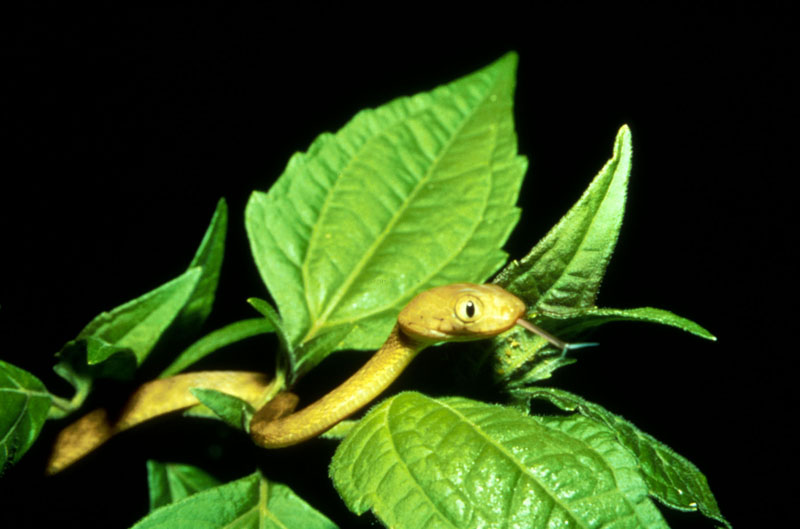Kolkata: In a unique scientific exercise centred on northeast India, researchers have kicked-off investigations into how animals and plants in nature communicate using chemicals in the biodiversity-rich region.
Researchers from seven institutes in northeast and three in Bengaluru are partnering under the aegis of the Chemical Ecology Network Programme funded by the Department of Biotechnology (DBT).
The programme titled ‘Chemical Ecology of the Northeast Region (NER) of India’ is a collaborative program linking the NER and Bangalore researchers, a statement said on Tuesday.
Under this multidisciplinary programme “linking elements of molecular biology, chemistry, neurobiology, ecology and evolution” the DBT hopes to build new scientific capacity by providing unique opportunities for aspiring and established scientists particularly from northeast India.
The participants in NER-Nagaland Science and Technology Council, Kohima Science College, Nagaland University, Institute of Bioresources and Sustainable Development (IBSD)-Imphal, Regional Centre IBSD-Sikkim, Rajiv Gandhi University (RGU), Itanagar and Northeastern Hill University, Shillong — have set up collaborative projects with their colleagues from three Bangalore-based institutes.
They are — National Centre for Biological Sciences (NCBS-TIFR), Indian Institute of Science (IISc), and University of Agricultural Science (UAS).
The programme has also recruited and funded a host of junior research fellows (JRFs) and postdoctoral fellows to work on these collaborations.
“It is quite ironical that the northeast of India, which has the greatest repository of biological diversity in India is also characterized by having the least amount of scientific exploration of this diversity,” said Renee Borges, a professor at the Indian Institute of Science.
The project on the chemical ecology of the north-east aims to redress this imbalance, not by having scientists from outside these regions coming on “scientific expeditions”, but by training the inquisitive minds of young students from the north-east to identify interesting questions and learn how to answer them independently, Borges said.
Since time immemorial, chemical signals that mediate interactions in nature have been studied and used by humans for many purposes.
For example, most antibiotics on the market come from molecules such as penicillin, streptomycin and many others that fungi and bacteria use in their chemical warfare against each other.
The agricultural industry uses many chemicals derived either from plants or insects for pest control — Chrysanthemum plants are a source of pyrethroid insect repellents and insecticides, and attractive insect volatiles such as pheromones can be used to detect or even control insect pests with ‘pheromone traps’.
IANS

